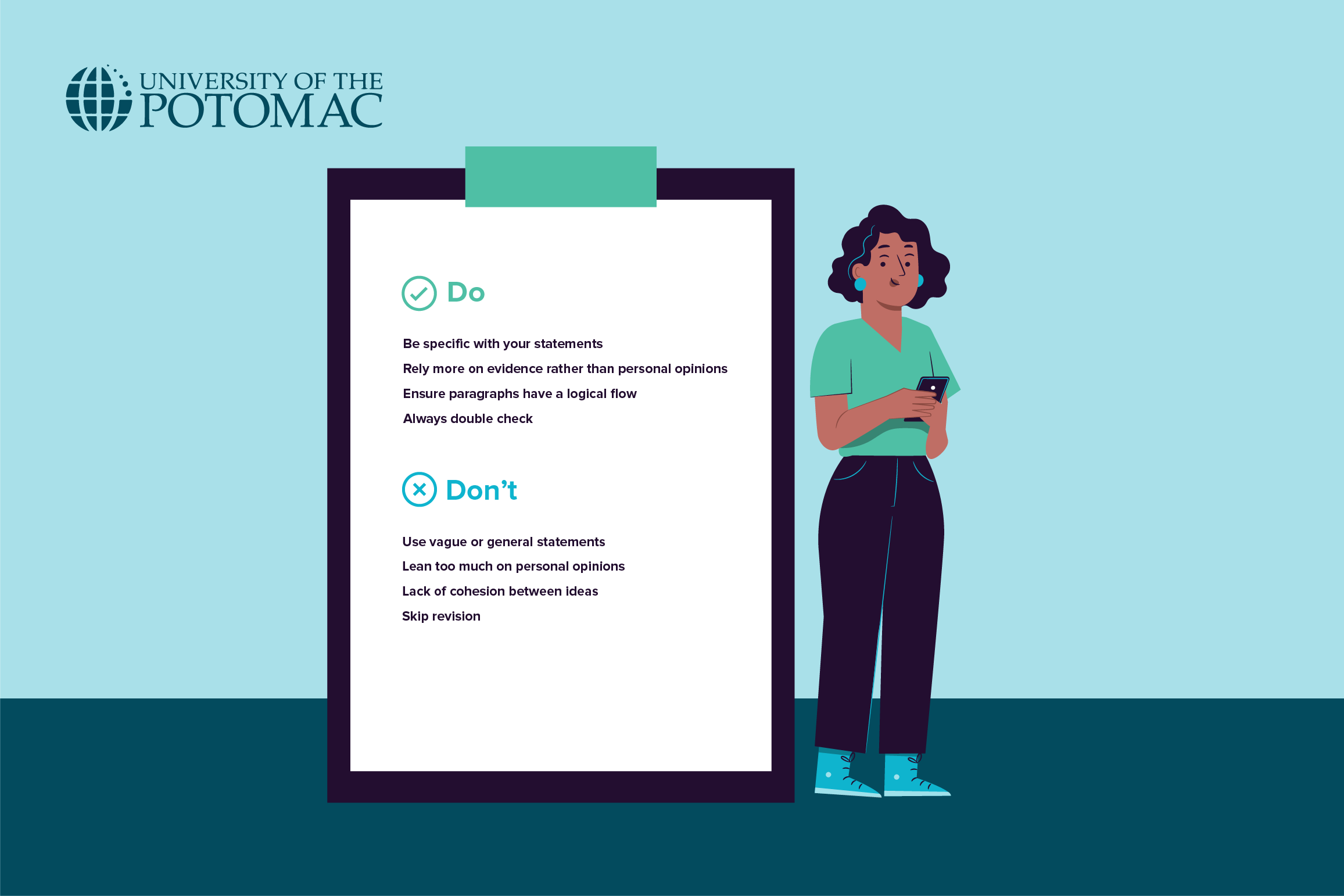To be a full-time vs. part-time student is a question every learner encounters during their academic journey. This choice is crucial as it can greatly influence your college experience and future prospects. A critical factor to consider when making this choice is the amount of time you can dedicate to your studies, as it directly impacts your level of engagement and motivation.
If you need help figuring out where to get started, join us as we unravel the difference between full-time vs. part-time student status and explore the steps you should take and what to have in mind to ensure you choose the ideal college schedule tailored to your ambitions and lifestyle.
Understanding the Difference Between Full-time vs. Part-time Student Status
The main difference between full-time and part-time student status lies in the time commitment and the number of credit hours students are enrolled in during a specific academic term.
What is Considered a Full-time Student?
Usually, a full-time student needs to earn 12 to 15 credit hours per semester, which equals taking around four to five classes. There are many advantages to choosing full-time enrollment, such as:
- Quicker degree completion
- Immersive learning experience
- Housing
- Motivation
What is Considered a Part-time Student?
On the other hand, a part-time student needs to earn less than 12 credit hours per semester, resulting in taking three or fewer classes per semester. Some of the advantages of pursuing part-time studies are:
- Schedule flexibility
- Work experience
- Less stress
- Steadier income
- Skill development
Duration of Full-time vs. Part-time Studies

The duration of full-time and part-time studies depends on factors such as the academic program, institution’s policies, and the number of courses a student enrolls in per semester. Typically, a Bachelor’s degree program requires earning 120 credits. Full-time students, who usually earn between 12-15 credits per semester, can typically finish their degree in four to five years. On the other hand, part-time students, who typically need to earn less than 12 credits per semester, often take longer to complete, to approximately six years.
It’s important to note that the exact duration can vary widely, as many programs offer options such as summer classes, online courses, or accelerated programs that help both full-time and part-time students progress toward their degree at a pace that suits their individual needs.
Deciding Which College Schedule is Right for You
Before deciding between full-time vs. part-time enrollment, it’s crucial to address a few steps, including:
Evaluating Your Own Situation
Knowing yourself is a powerful tool when it comes down to making an important decision like this. So, you should assess your personal commitments, like family, work, and other obligations, alongside your time management skills, learning style, and ability to handle a heavier workload.
Seeking Advice from Academic Counselors
Academic counselors are professionals whose duties lie in guiding you and helping you meet your educational goals. Therefore, they can be a valuable resource in helping you understand the demands of each schedule and offer insights into course requirements, workload, and potential challenges you may face on the way.
Exploring Hybrid Options
Hybrid programs combine in-person and online classes, allowing you to get the on-campus experience while still having the flexibility that online learning provides. This way, you’ll be able to choose the learning method and delivery model (synchronous or asynchronous) that is more suitable to you. Moreover, you’ll be able to learn at your own pace. Last but not least, hybrid courses allow you to reduce your commuting time and save money on transportation and food to and from campus.
Key Considerations When Deciding Between Part-time vs. Full-time Student Studies

Choosing between part-time and full-time studies involves careful consideration of various factors, such as:
Personal Goals and Circumstances
Considering personal goals and circumstances is paramount. Full-time enrollment is ideal for those who want intensive academic immersion and swift degree completion and those with fewer external commitments. Part-time enrollment provides a balanced approach, allowing students to accommodate personal responsibilities, like work and family, while pursuing their studies.
Course Load
Full-time students often have a heavier course load, which can be challenging yet results in quicker graduation. On the other hand, part-time students take fewer courses per semester; thus, they can spread the workload over a more even and extended period of time.
Financial Considerations
Tuition costs can be a determinant factor when choosing between part-time and full-time studies. Full-time studies might mean higher tuition fees and increased living expenses, if studying on campus. In general, full-time students have to pay per semester or year, which might mean more money upfront, whereas part-time students pay per credit.
Interested in pursuing a degree?
Fill out the form and get all admission information you need regarding your chosen program.
This will only take a moment.
Message Received!
Thank you for reaching out to us. We will review your message and get right back to you within 24 hours.
If there is an urgent matter and you need to speak to someone immediately you can call at the following phone number:
- We value your privacy.
Another important financial consideration is financial aid and scholarships, as your enrollment status can affect your eligibility for financial assistance. While financial aid, grants, and scholarships are available for part-time students, most require half-time enrollment. Half-time enrollment means completing half of the expected full-time enrollment, which can mean six credit hours or around two classes per semester. We suggest checking your school’s financial aid office for more information on the specific requirements.
Career Goals and Opportunities
Another crucial element to consider is your career goals and opportunities. Full-time enrollment allows you to get your degree quicker, thus providing a faster route for job market entry. On the other hand, part-time studies will enable you to gain practical experience concurrently and build professional networks while studying. Additionally, some industries, like hospitality, nursing, business and management, IT, etc., appreciate a combination of education and work experience.
Employment Commitments
Due to the heavier workload and demanding schedule, full-time students often find it challenging to maintain regular employment. Part-time students have a more flexible and balanced schedule; thus, they can juggle education and commitments like work, family, and other obligations.
Conclusion
Ultimately, there isn’t a definitive answer in the full-time vs. part-time student debate, as it isn’t a one-size-fits-all situation. The key to finding which option is right for you comes down to figuring out which works best for your situation and how it aligns with your personal and career goals. Therefore, consider your personal circumstances, financial considerations, career goals, duration, and course load to make an informed decision. In any case, whether you opt for the immersive full-time experience or the flexible approach of part-time enrollment, you won’t be making a mistake, as both paths offer invaluable opportunities for learning and growth and pave the road for academic and professional success.
Frequently Asked Questions (FAQs):
What is the main difference between full-time and part-time students?
The main difference between part-time and full-time students comes down to the number of credits they enroll in during a semester. Full-time students generally take 12-15 credit hours during the semester, whereas part-time students enroll in less than 12.
How long does it take to finish college as a part-time vs. full-time student?
As most institutions require 120 credits for graduation and full-time students take 12-15 credits per semester, they can expect to earn their Bachelor’s degree in four or five years. In contrast, there isn’t a clear-cut timeline for part-time students, as their graduation depends on the number of credits they can take in a semester.
How long is a semester when studying full time vs. part time?
A semester typically lasts around 15-16 weeks. As a full-time student, you need to enroll in at least 12 credits per semester, whereas part-time students typically take around 6-8 credits per semester.
How do I decide whether to pursue full-time or part-time studies?
When choosing between full-time or part-time studies, you should consider several factors, such as tuition costs, personal goals and circumstances, course load, employment commitments, career goals and opportunities.










